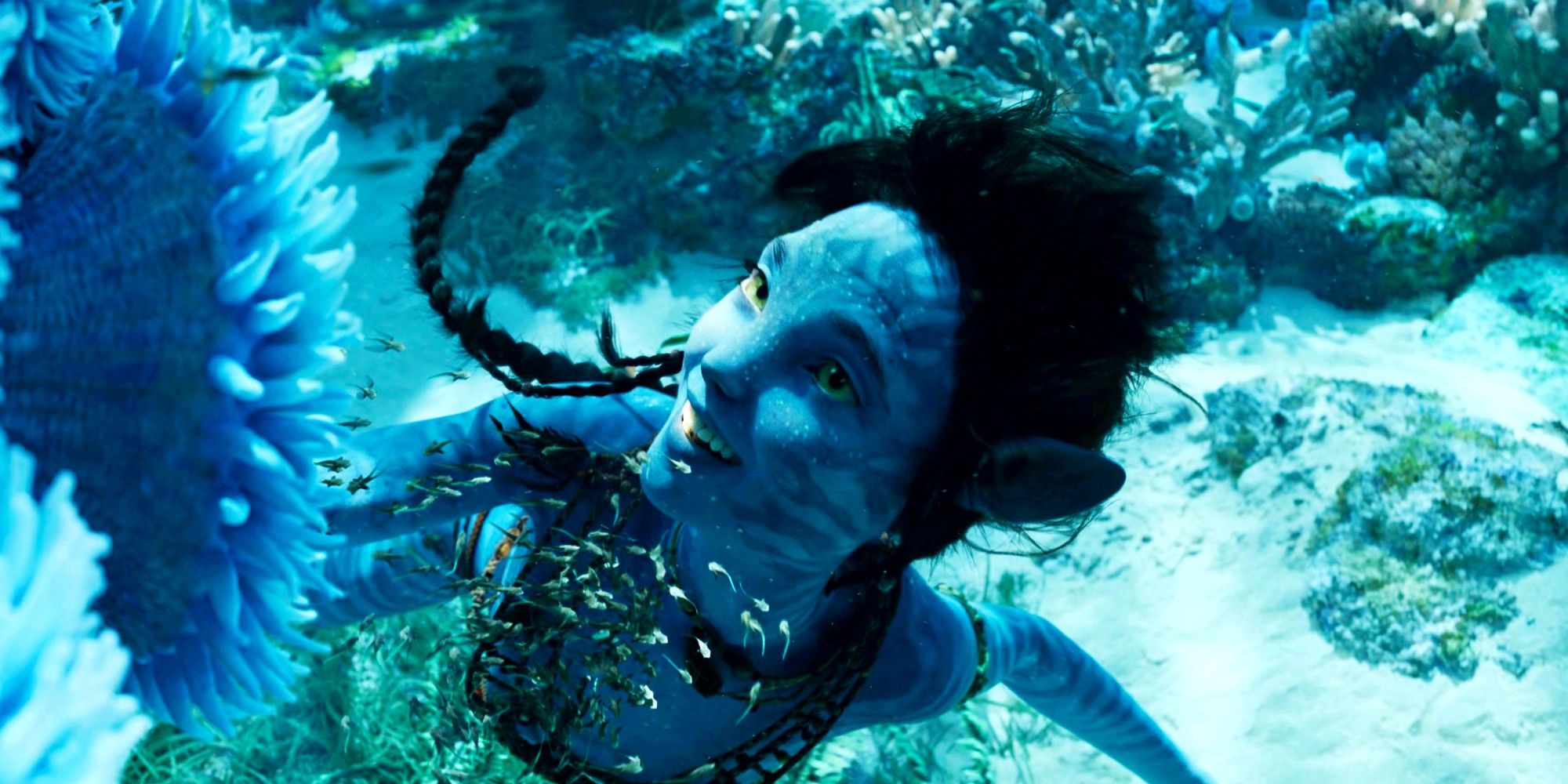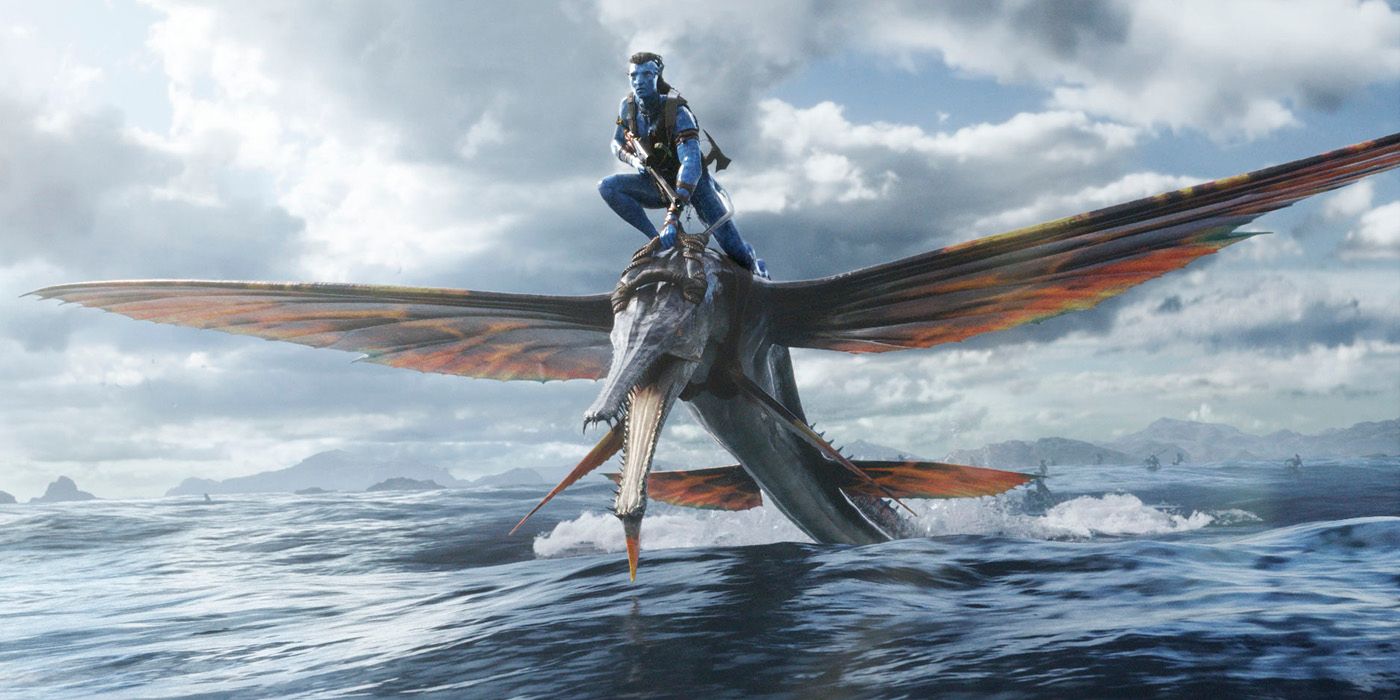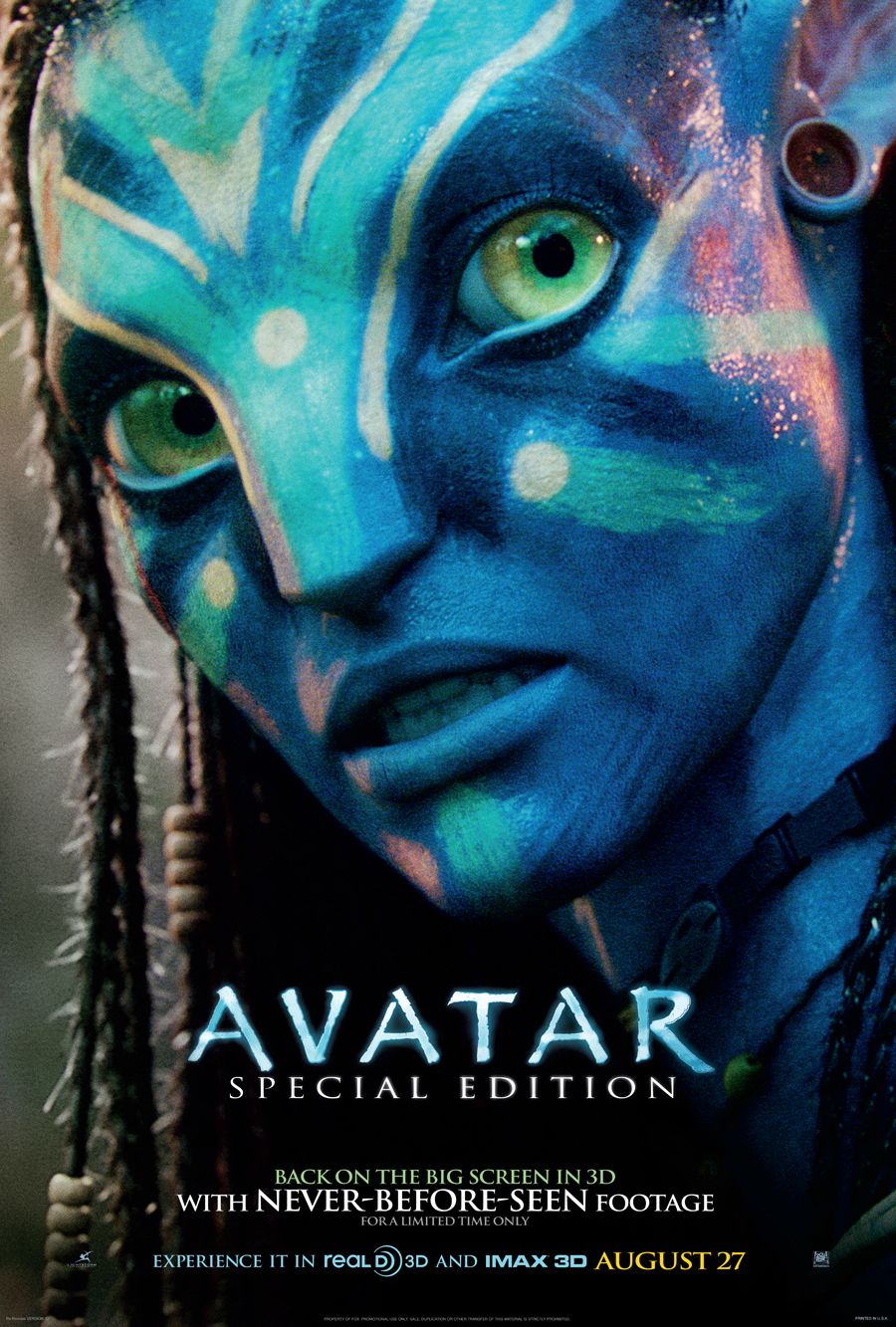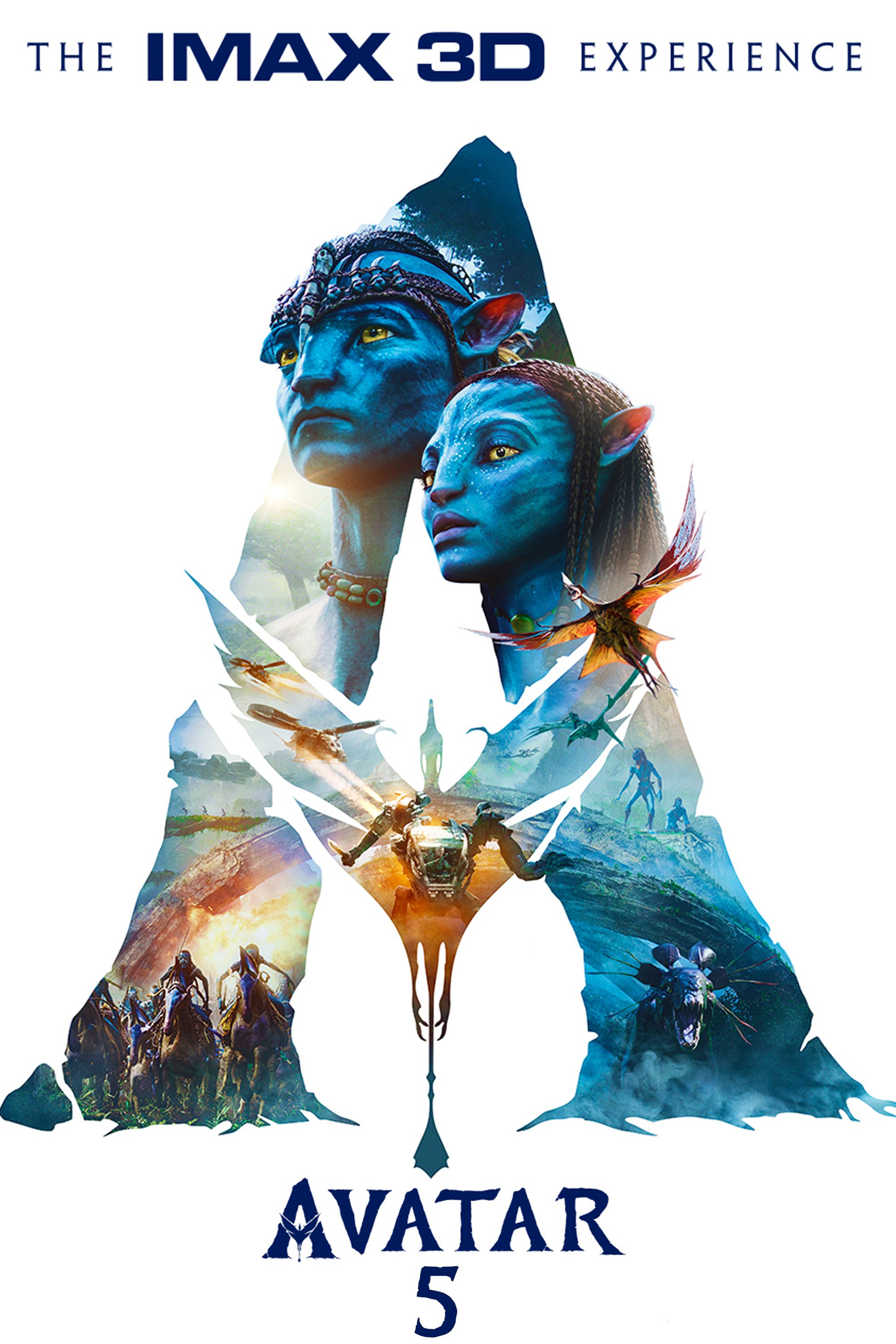Avatar: The Way Of Water producer explains what went wrong with 3D movies and why audiences turned on the format. While 3D has been an aspect of movies for decades, for many the modern era of the format was kicked off in 2009 with the release of Avatar. Filmed using 3D cameras, Avatar's use of the technology transported audiences to Pandora in a way the format had never quite been used before.
Avatar went on to gross $2.8 billion worldwide and remains the highest-grossing film of all time, and more than 70% of that came from 3D ticket sales. Avatar pushed the boundaries of 3D and in 2010, it and a combined string of 3D releases like Alice in Wonderland and Toy Story 3, helped 3D ticket sales hit $1.85 billion. However, the format quickly fell out of favor with audiences, likely due to a string of quickly and cheaply done post conversions that released to cash in on Avatar's success, like Clash of the Titans and The Last Airbender. Now, the format is no longer associated with Avatar but instead expensive tickets.
In an interview with THR, Avatar: The Way of Water producer Jon Landeau—who has worked with director James Cameron on Titanic and Avatar—talked about how studios quickly tried to cash in on 3D after Avatar hit. Landeau explains that the difference between how Avatar used it and other films was in how Avatar used 3D as part of the creative process. He compared the process of 3D to lighting and cinematography, as opposed to a marketing tool. Landeau said:
“I think what happened is some people got lost, and there’s a period of time where people felt that converting something to 3D made it a better movie; 3D does not change the movie, 3D exacerbates whatever the movie is. I think that people were doing it as an afterthought to a process, as opposed to [using] 3D as a creative element — no different than lighting, no different than focus, no different than camera movement — that a filmmaker needs to bring a sensibility of how to use that to enhance the narrative storytelling.”
The first major 3D film released following Avatar was Alice in Wonderland, which grossed $116 million in its opening weekend. At the time, it was reported that $80 million of that opening weekend was due to 3D ticket sales and by the end of its run, Alice grossed $1 billion dollars worldwide. However, just a month later Clash of the Titans, which was pushed back by one week to be converted into 3D, received harsh reviews from critics and audiences with many saying the rushed 3D work made the film difficult to see. These rushed jobs continued and by 2017, 3D domestic grosses tumbled 55% from 2010. That same year, IMAX noted 3D was no longer audience's preferred viewing experience.
This decrease in interest in 3D is a challenge for Disney, who is hoping to reignite audiences' interest in the format with Avatar: The Way of Water. The studio is set to re-release Avatar in theaters this September, hoping it will help build up anticipation for the long-awaited sequel. With the Avatar: The Way of Water trailer generating 148.6 million viewers in the first 24 hours, there is good chance audiences remember the experience of seeing Avatar in 3D and will want to experience the same format for Avatar: The Way of Water this December.
Source: THR





